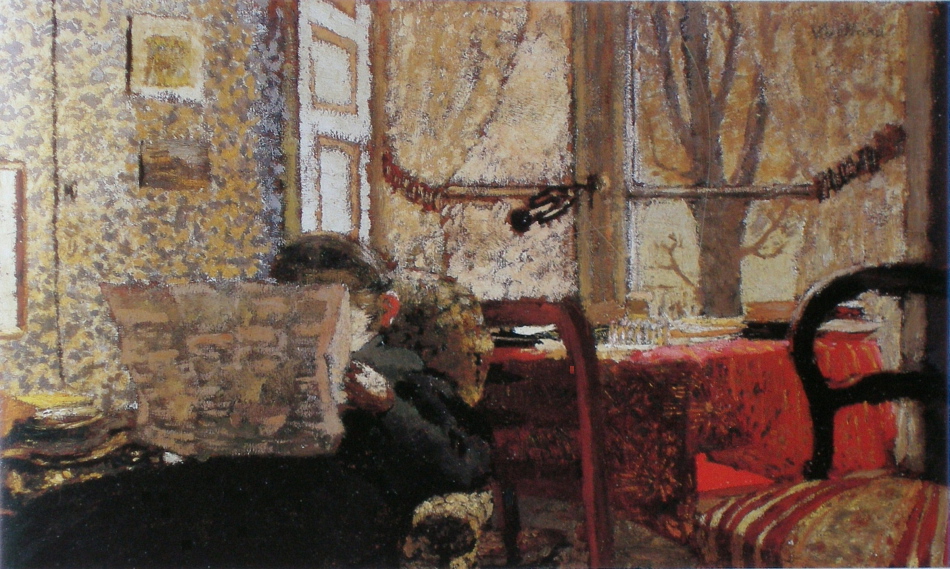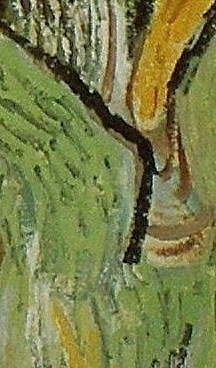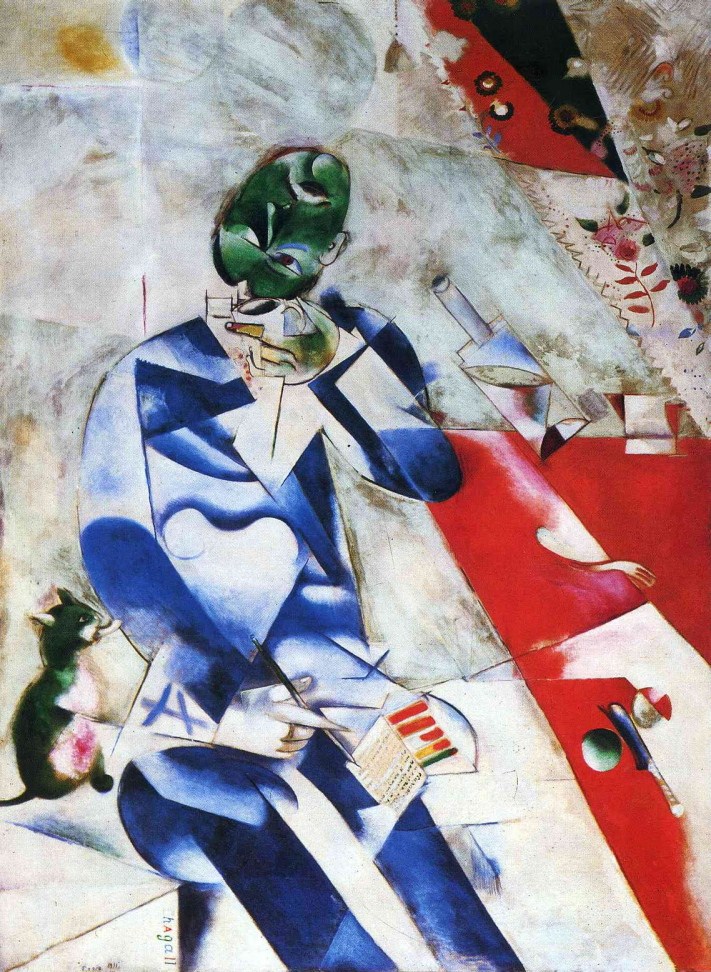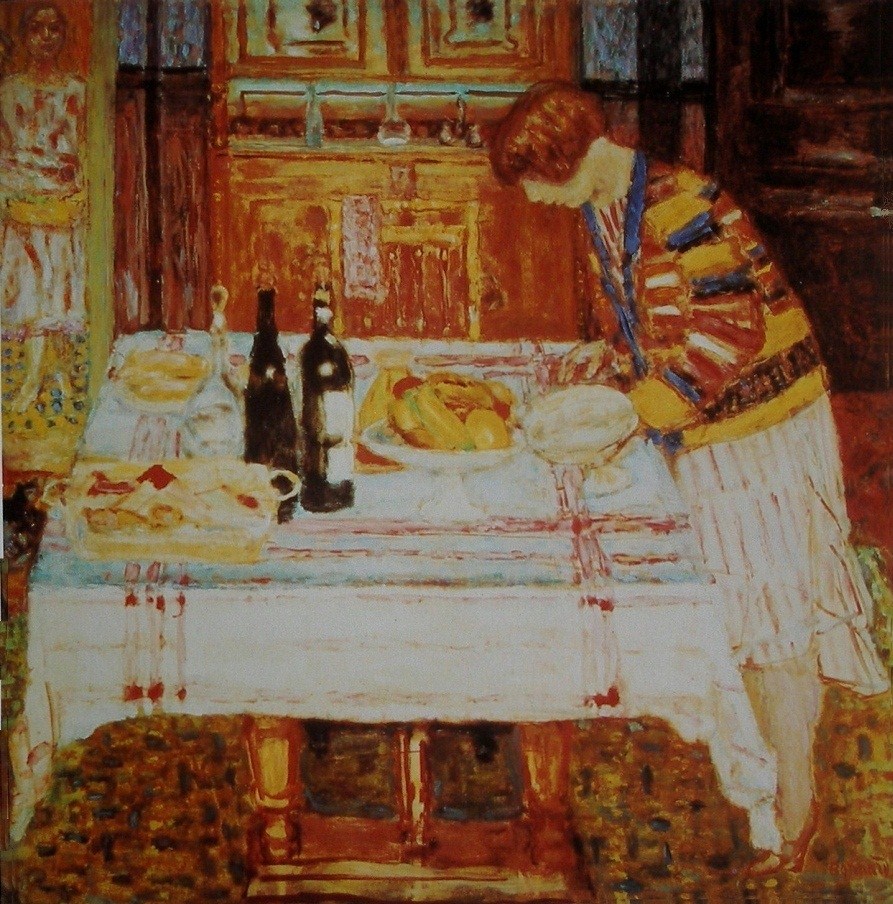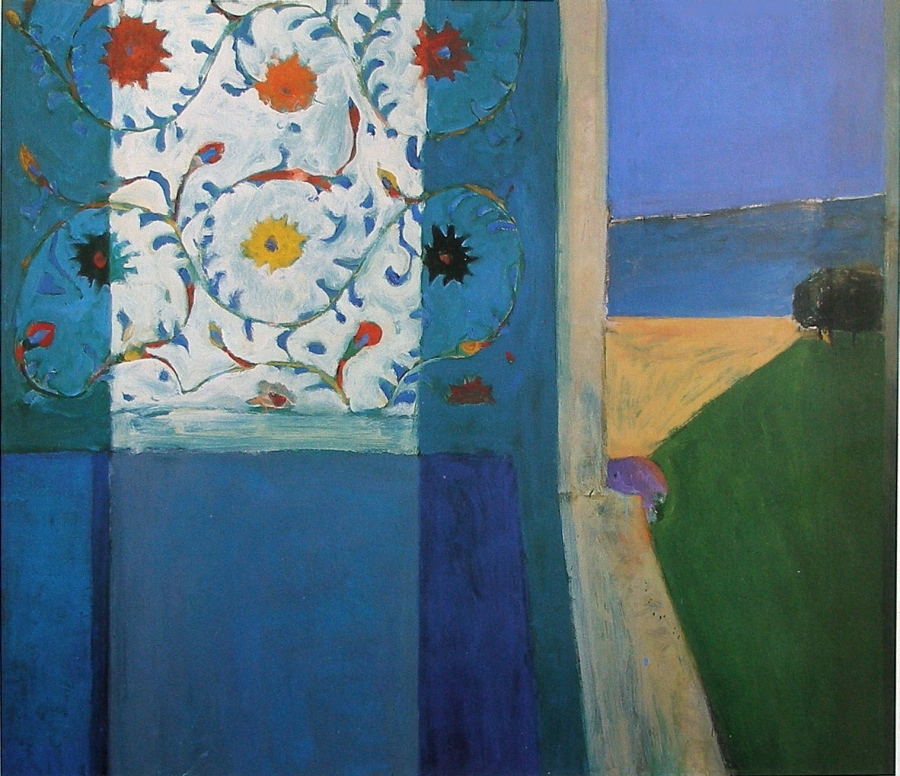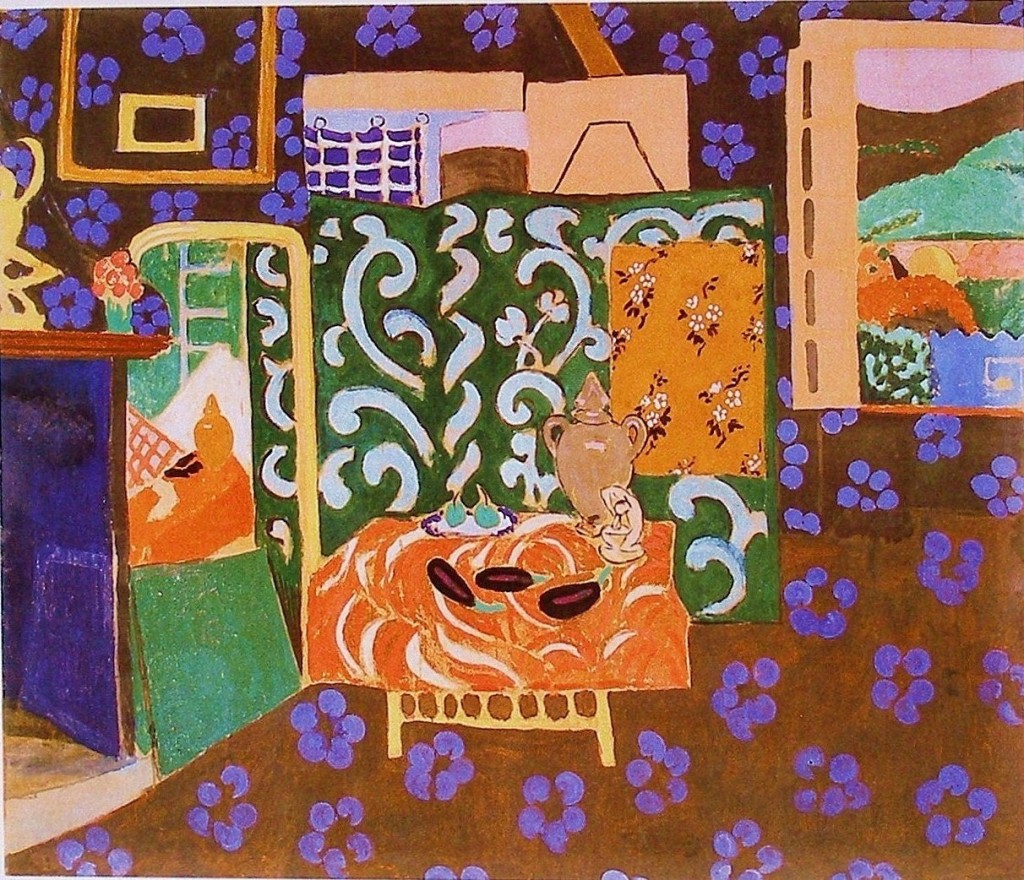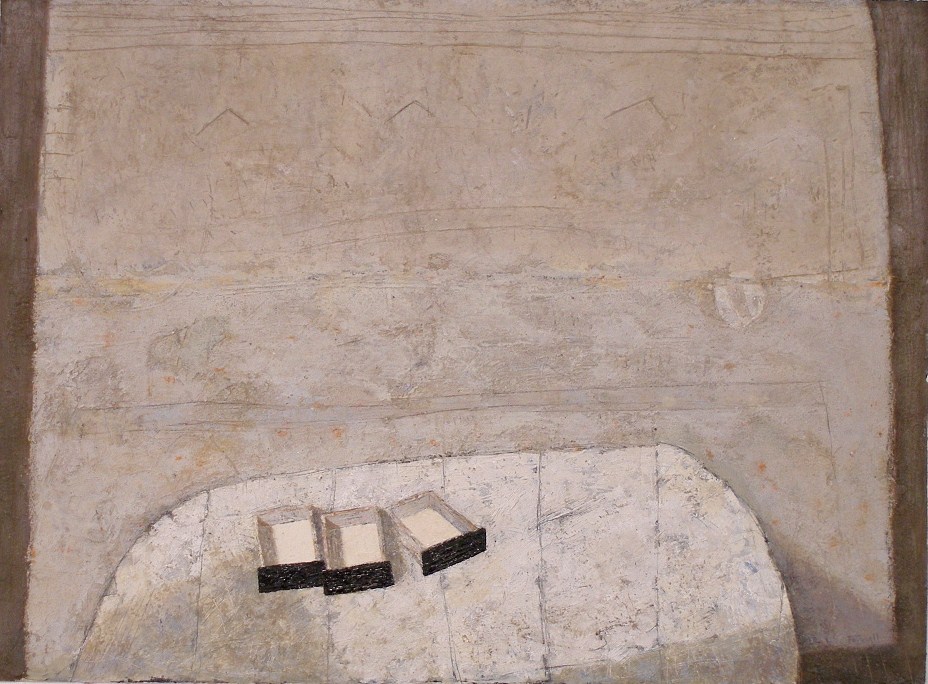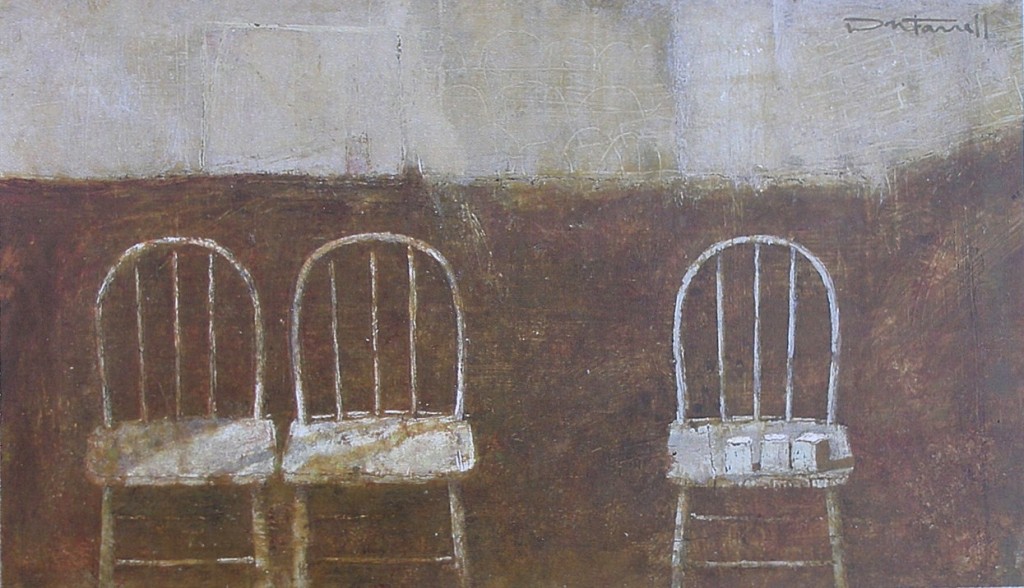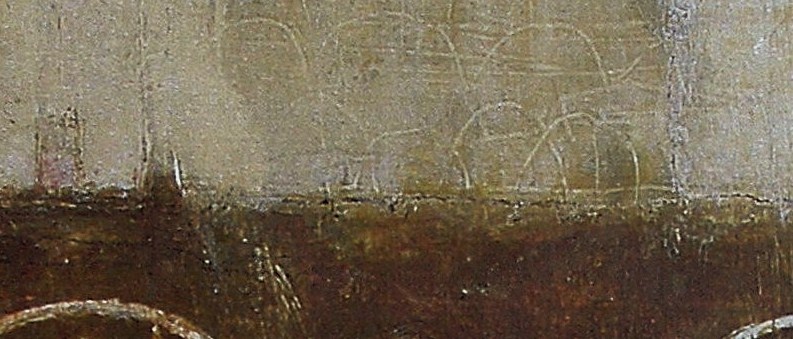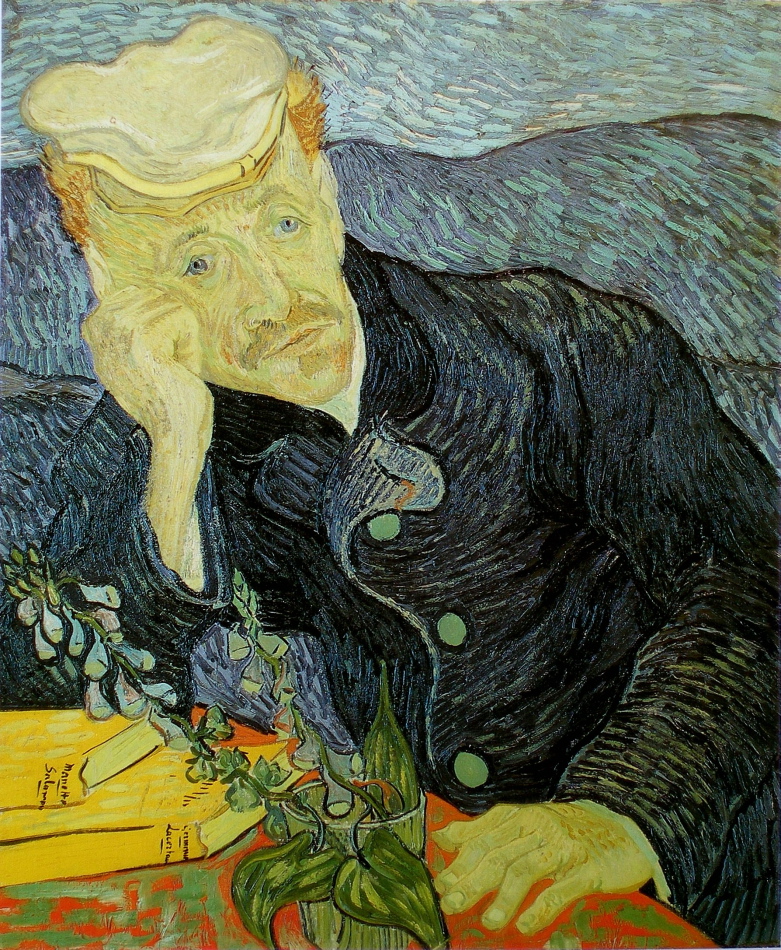
Vincent van Gogh - Portrait of Doctor Paul Gachet - 1890 - 66 x 57 cm - 26 x 22.5 in - oil on canvas
Continuing from the last post, I would now like to turn your attention to Van Gogh’s wonderful brushstrokes and how they provide rhythmic movement for your eye, as well as very sensitive integration. The strokes connect the background and Paul Gashet’s coat with harmonious movement as well as form. How Van Gogh integrated the blues to read as one shape at first glance is masterful.
Those books are fantastic! The yellow provides a fantastic pull and the pages are part of a rhythm of parallels which provide an oblique movement. Subconsciously, or not, your eye will move in the direction of the pages and the lower left arm. Also note how the plant is parallel to the upper left arm, another movement.
Two more impressive considerations are the vertical leaf projecting from the glass, providing subtle structure for the composition. And those wonderful yellow strokes just above the line, running towards his ear, pull me briefly and gently from his Gashet’s gaze. Does your perusal pause there briefly?
These considerations are all the more impressive as Van Gogh worked quickly, he was truly a great painter!

